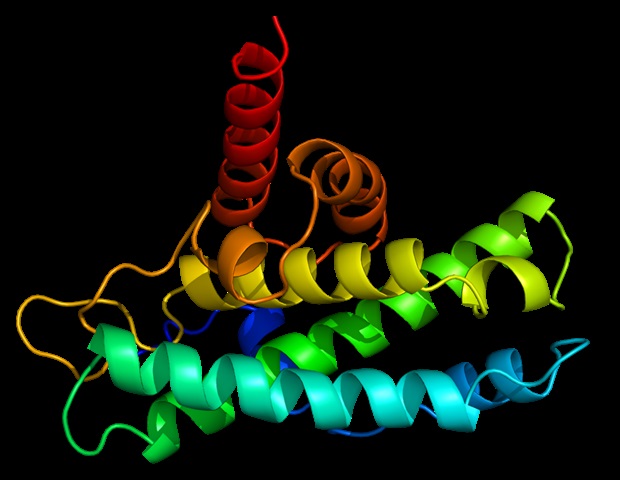BY THE OPTIMIST DAILY EDITORIAL TEAMMotion sickness—whether on a boat, in a car, or on a plane—can make any trip miserable. It happens when the brain receives conflicting signals from the eyes, muscles, and inner ears. This sensory mismatch disrupts the body’s sense of balance and can lead to nausea, dizziness, and fatigue.
While medications exist to ease symptoms, they aren’t always effective and can cause drowsiness or other side effects. That’s why scientists have been exploring alternative approaches. One promising direction? Using sound to restore balance.

Exploring sound as a balance aidPrevious research hinted that auditory stimulation could impact the vestibular system—the part of the inner ear responsible for balance. Specifically, sound may influence the utricle, a fluid-filled cavity in the inner ear that detects motion and orientation.A new study led by Takumi Kagawa and Masashi Kato at Japan’s Nagoya University dove deeper into this theory.
The researchers tested how different audio tones affected the balance-maintaining function of mouse utricles in the lab.They found one particular sound stood out: a tone with a frequency of 100 hertz and a volume of 65.9 dBa (A-weighted decibels).
This specific audio profile was so promising that it earned a name of its own—”sound spice.”How “sound spice” worksTo put their findings to the test, the researchers exposed live mice to the tone for five minutes. Then, they subjected the animals to motion-sickness-inducing movements, followed by a balance test across a narrow beam.
Compared to mice that hadn’t heard the tone, those treated with “sound spice” showed improved stability and fewer signs of motion sickness. Even more surprising: the effects lasted for over two hours.Encouraged by these results, the researchers tested the tone on humans.
After just one minute of listening to “sound spice,” volunteers were exposed to motion through a swing, a driving simulator, and even a real car ride. Their physical responses were monitored using electrocardiography and posturography—both of which confirmed that the tone helped reduce symptoms like dizziness and nausea.A quick, non-invasive solution with promise“Our study demonstrated that short-term stimulation using a unique sound called ‘sound spice’ alleviates symptoms of motion sickness, such as nausea and dizziness,” says lead researcher Kagawa.
Even more encouraging is that the sound operates at a volume similar to everyday environmental noise, meaning it is safe and doesn’t require special equipment. Its non-invasive, fast-acting nature could make it an ideal companion for travelers, drivers, and anyone prone to motion-induced discomfort.While more research is needed to understand long-term effects and applications, this tiny tone may be a big step forward in helping people stay steady, wherever their journey takes them.
Source study: Environmental Health and Preventive Medicine— Just 1-min exposure to a pure tone at 100 Hz with daily exposable sound pressure levels may improve motion sicknesThe post The science behind “sound spice”: A simple tone may help prevent motion sickness first appeared on The Optimist Daily: Making Solutions the News..
Health

The science behind “sound spice”: A simple tone may help prevent motion sickness

BY THE OPTIMIST DAILY EDITORIAL TEAM Motion sickness—whether on a boat, in a car, or on a plane—can make any trip miserable. It happens when the brain receives conflicting signals from the eyes, muscles, and inner ears. This sensory mismatch disrupts the body’s sense of balance and can lead to nausea, dizziness, and fatigue. While [...]The post The science behind “sound spice”: A simple tone may help prevent motion sickness first appeared on The Optimist Daily: Making Solutions the News.















